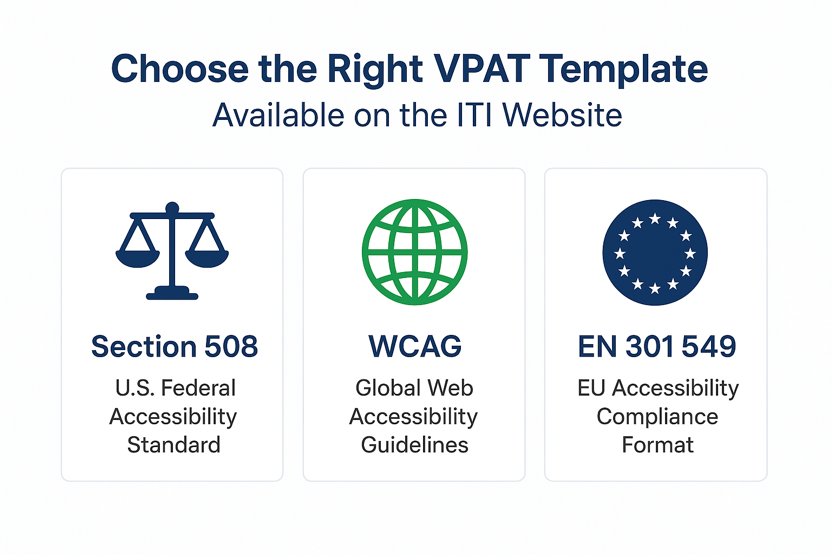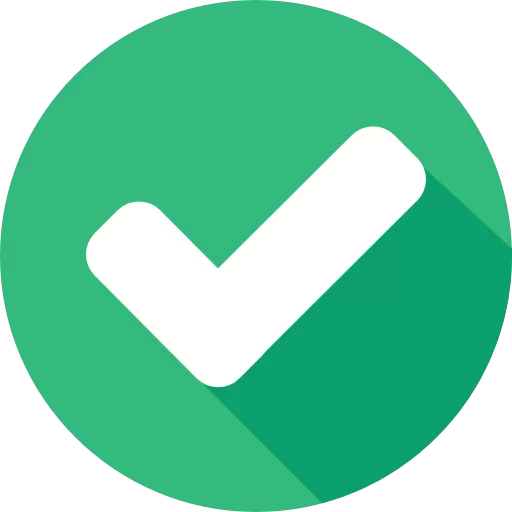
VPAT Adoption Rates Rise Among SaaS Startups in 2025

.png)
The use of the Voluntary Product Accessibility Template (VPAT) has surged among software-as-a-service (SaaS) startups. According to recent industry feedback, it’s a sign of rising digital-accessibility expectations. The number of early-stage SaaS firms submitting VPATs has increased in 2025. More companies look to achieve WCAG compliance standards and win government or enterprise contracts.
VPAT 2.5 has become a strategic asset for SaaS startups targeting B2B sales. The template allows a vendor to demonstrate how their product conforms to Section 508 standards in the U.S. for federal procurement.
Why the spike now?

Three key drivers are fuelling this trend:
• Procurement pressure: Government and enterprise buyers increasingly demand accessible-technology documentation before vendor selection. The VPAT certification has become the standard vendor proof of accessibility.
• Legal and reputational risk: Regulatory enforcement and litigation around digital accessibility have increased. Even emerging tech firms are seeing accessibility as part of risk management.
• Market differentiation: SaaS vendors with accessibility-ready offers have a competitive edge. This is a key advantage for pitching into sectors such as healthcare, education, financial services and the public sector.
One accessibility consulting firm reports that “a VPAT is a key requirement for B2B and government sales, so it’s often essential for market expansion” among SaaS providers.
What VPAT ACR compulsion means for digital agencies and tech vendors
The increasing rate of VPAT adoption signals that accessibility documentation is becoming a baseline expectation. Agencies like ADACP will be positioned strongly because we help clients build accessible products and support VPAT documentation.
Vendors who still lack VPATs or accessibility-compliance roadmaps risk being shut out of procurement pipelines.
VPAT 2.5 is particularly important where accessibility is specified in RFPs or government purchasing guidelines. U.S. federal procurement sites underscore that accessibility documentation matters in vendor evaluation (Section508.gov).
What to do next
An agency or SaaS startup yet to adopt a VPAT can use this short checklist:
• Audit your product: Review your UI, content, and code for conformity with the applicable accessibility standard.
Get your VPAT certification from ADACP. Book a free consultation today.
• Complete your VPAT: Use the correct edition of the template and fill it out thoroughly.

Note: ITI officially lists four versions- VPAT Section 508, VPAT WCAG, VPAT EN and VPAT INT. The INT edition is not a separate standard. It is a comprehensive template that includes all three (508 + WCAG + EN 301 549).
Read our detailed guide on ‘What is VPAT and how to write one’.
• Include it in RFP responses: Include your VPAT or accessibility statement in every proposal for enterprise/government deals.
• Embed accessibility early: Retrofitting later is costly, so practice accessibility during design sprints and vendor evaluations.
• Monitor regulation: Stay aware of U.S. accessibility rules so you are ahead of requirement shifts.
Final word
The jump in VPAT adoption among SaaS startups signals a broader shift that accessibility is no longer optional. Startups and agencies that get ahead on documentation and inclusive design today will be better placed to win deals and avoid risk.
If your product or service still lacks a solid accessibility-documentation process, treat this as a wake-up call. The procurement and competitive landscape is changing fast. Schedule a free VPAT consultation with ADACP and fulfill your accessibility compliance list.
ADACP is the #1 choice of SaaS providers, digital agencies, government vendors, and enterprise tech companies. We help our clients with accessibility compliance requirements under Section 508, WCAG, and ADA. We offer end-to-end assistance for accessibility audits, VPAT documentation, quick remediation and certification support.
The use of the Voluntary Product Accessibility Template (VPAT) has surged among software-as-a-service (SaaS) startups. According to recent industry feedback, it’s a sign of rising digital-accessibility expectations. The number of early-stage SaaS firms submitting VPATs has increased in 2025. More companies look to achieve WCAG compliance standards and win government or enterprise contracts.
VPAT 2.5 has become a strategic asset for SaaS startups targeting B2B sales. The template allows a vendor to demonstrate how their product conforms to Section 508 standards in the U.S. for federal procurement.
Why the spike now?

Three key drivers are fuelling this trend:
• Procurement pressure: Government and enterprise buyers increasingly demand accessible-technology documentation before vendor selection. The VPAT certification has become the standard vendor proof of accessibility.
• Legal and reputational risk: Regulatory enforcement and litigation around digital accessibility have increased. Even emerging tech firms are seeing accessibility as part of risk management.
• Market differentiation: SaaS vendors with accessibility-ready offers have a competitive edge. This is a key advantage for pitching into sectors such as healthcare, education, financial services and the public sector.
One accessibility consulting firm reports that “a VPAT is a key requirement for B2B and government sales, so it’s often essential for market expansion” among SaaS providers.
What VPAT ACR compulsion means for digital agencies and tech vendors
The increasing rate of VPAT adoption signals that accessibility documentation is becoming a baseline expectation. Agencies like ADACP will be positioned strongly because we help clients build accessible products and support VPAT documentation.
Vendors who still lack VPATs or accessibility-compliance roadmaps risk being shut out of procurement pipelines.
VPAT 2.5 is particularly important where accessibility is specified in RFPs or government purchasing guidelines. U.S. federal procurement sites underscore that accessibility documentation matters in vendor evaluation (Section508.gov).
What to do next
An agency or SaaS startup yet to adopt a VPAT can use this short checklist:
• Audit your product: Review your UI, content, and code for conformity with the applicable accessibility standard.
Get your VPAT certification from ADACP. Book a free consultation today.
• Complete your VPAT: Use the correct edition of the template and fill it out thoroughly.

Note: ITI officially lists four versions- VPAT Section 508, VPAT WCAG, VPAT EN and VPAT INT. The INT edition is not a separate standard. It is a comprehensive template that includes all three (508 + WCAG + EN 301 549).
Read our detailed guide on ‘What is VPAT and how to write one’.
• Include it in RFP responses: Include your VPAT or accessibility statement in every proposal for enterprise/government deals.
• Embed accessibility early: Retrofitting later is costly, so practice accessibility during design sprints and vendor evaluations.
• Monitor regulation: Stay aware of U.S. accessibility rules so you are ahead of requirement shifts.
Final word
The jump in VPAT adoption among SaaS startups signals a broader shift that accessibility is no longer optional. Startups and agencies that get ahead on documentation and inclusive design today will be better placed to win deals and avoid risk.
If your product or service still lacks a solid accessibility-documentation process, treat this as a wake-up call. The procurement and competitive landscape is changing fast. Schedule a free VPAT consultation with ADACP and fulfill your accessibility compliance list.
ADACP is the #1 choice of SaaS providers, digital agencies, government vendors, and enterprise tech companies. We help our clients with accessibility compliance requirements under Section 508, WCAG, and ADA. We offer end-to-end assistance for accessibility audits, VPAT documentation, quick remediation and certification support.



.svg)
.svg)
.svg)

.webp)
























.svg)

.svg)